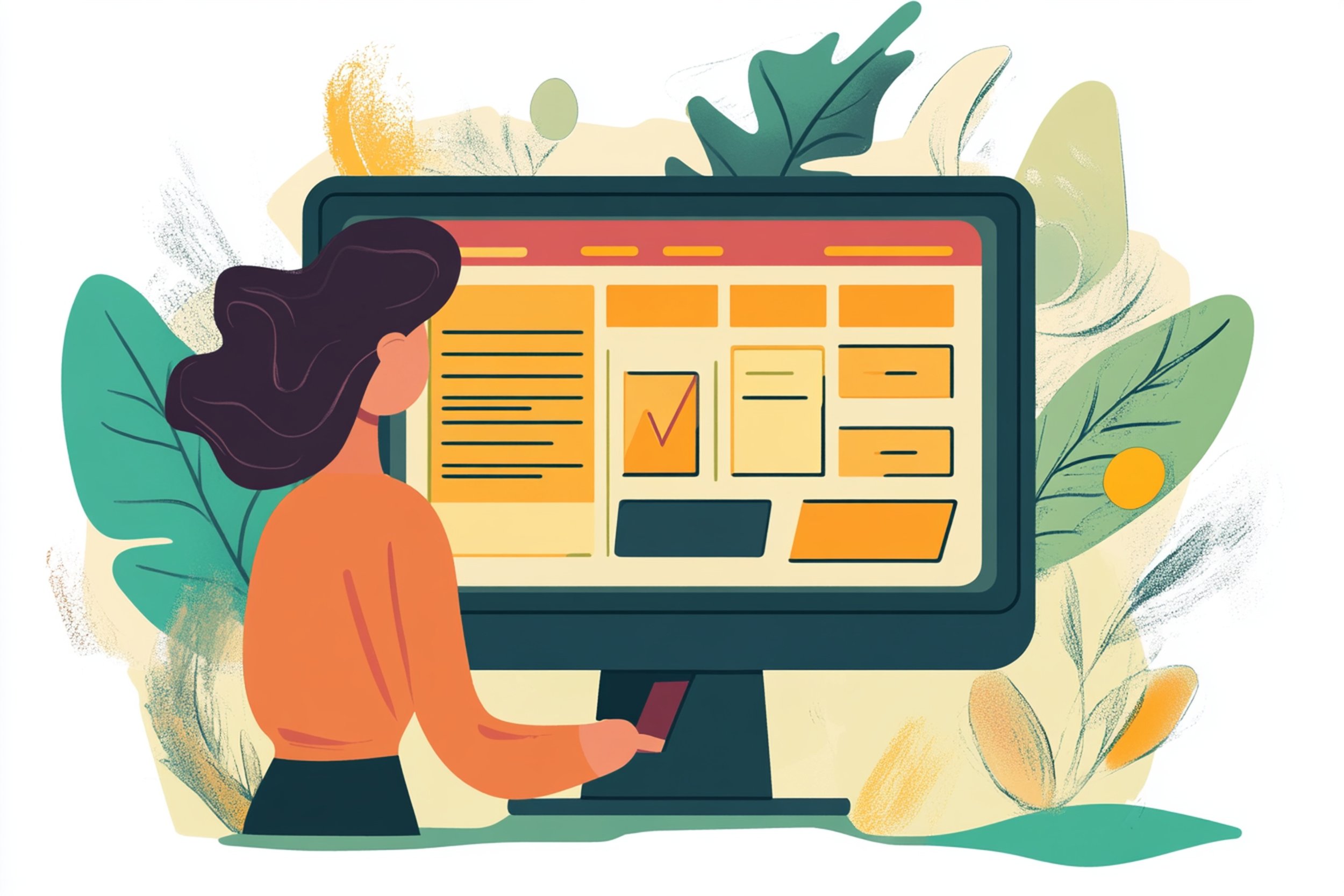5 Ways to Cater to Visual Impairments Through Accessibility Considerations
Digital accessibility is essential for ensuring that users with visual impairments can navigate websites and apps with ease. By incorporating thoughtful design and accessibility features, businesses can create a more inclusive experience.
In this blog post, we explore five key ways to cater to users with visual impairments through accessibility considerations.
1. Screen Reader Compatibility
For visually impaired users, screen readers are one of the most essential tools. These programs read the text on the screen aloud or convert it into braille. To ensure your website or app is compatible with screen readers:
Use semantic HTML to structure content clearly.
Add alt text to all images, describing their content or function.
Label interactive elements like buttons and forms so screen readers can accurately convey their purpose.
For example, many e-commerce websites like Amazon ensure that product images have descriptive alt text, making it easier for users with visual impairments to browse and shop.
2. High Contrast Modes and Adjustable Font Sizes
Providing users with the option to adjust contrast and text size is critical for those with low vision. Ensuring high contrast between text and background helps users distinguish content more easily, while the ability to resize fonts allows users to make text readable without distorting the website layout.
Websites like BBC offer high-contrast mode and adjustable text sizes, ensuring that content remains accessible to a broad audience, including those with visual impairments.
3. Keyboard Navigation
Some users with visual impairments rely on keyboard navigation instead of a mouse. Websites should be fully navigable using only the keyboard, with clearly defined focus states for interactive elements. This means:
Making sure all interactive elements (buttons, links, forms) can be reached via the Tab key.
Providing a visible focus indicator so users know which element they are interacting with.
Websites that are fully keyboard-accessible allow users with visual impairments to interact more confidently without relying on a mouse.
4. Clear and Descriptive Link Text
Visually impaired users often navigate web pages through links and headings. Therefore, it’s essential that link text clearly describes its destination or action. Avoid using vague phrases like “Click here” or “Read more.” Instead, use descriptive text like “Download the accessibility guide” or “Learn more about screen reader compatibility.”
For example, government websites and educational platforms often adhere to best practices by ensuring their link text is informative, helping users with screen readers or keyboard navigation.
5. Accessible Forms and Error Handling
Forms are an integral part of many websites, but they can pose challenges for users with visual impairments. To make forms accessible:
Label each field with descriptive text.
Include error messages that are clear, concise, and readable by screen readers.
Use logical tab order so that users can move through the form efficiently using their keyboard.
Platforms like Google Forms and other major web forms tools have embraced accessibility best practices by ensuring that form fields are labelled and offer keyboard navigation.
Conclusion
Catering to users with visual impairments is not only a legal and ethical responsibility but also a way to create a better user experience for everyone. By making your website screen-reader compatible, offering high-contrast options, enabling keyboard navigation, using clear link text, and ensuring accessible forms, you can help users with visual impairments engage more fully with your digital platform.
As accessibility standards like WCAG 2.1 continue to evolve, it’s crucial to regularly audit your site to ensure you’re meeting the needs of all users, including those with visual impairments.
If you've got ideas or comments on this blog, please let us know with the form below.






